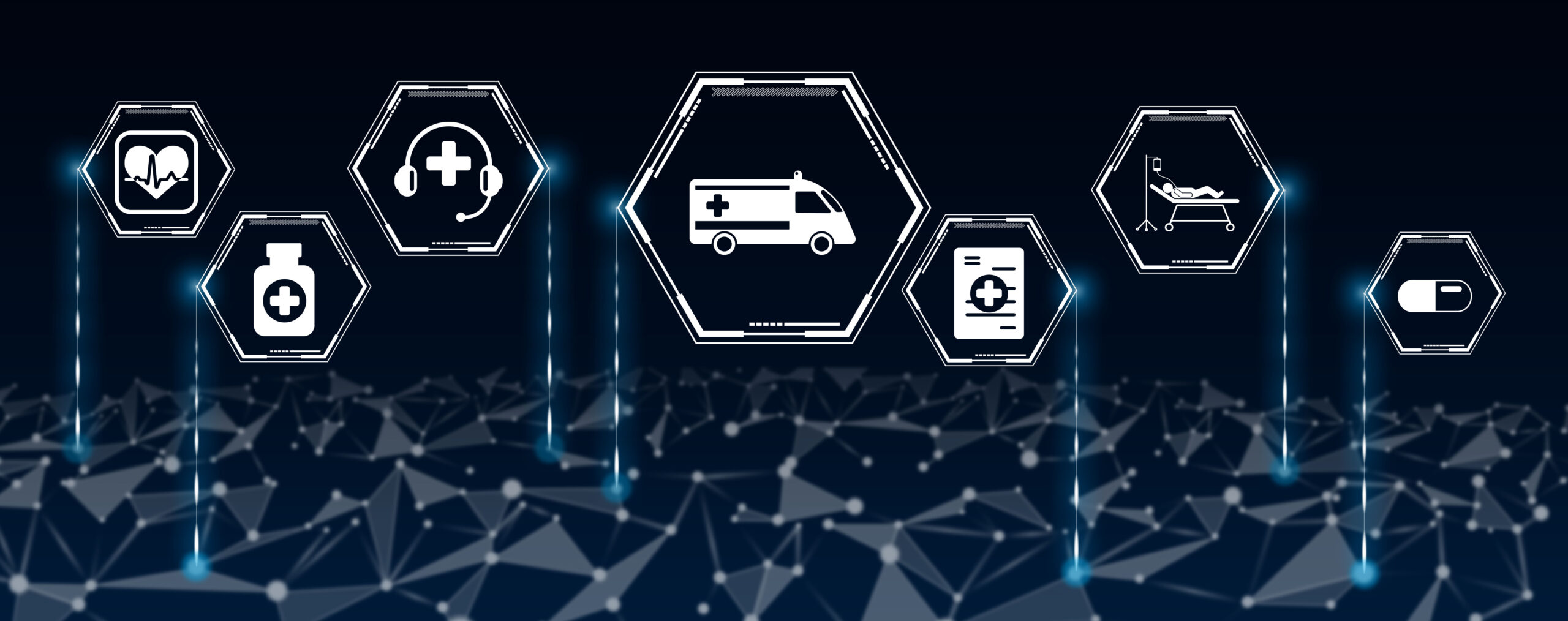What are the best methods for monitoring my patient’s daily activities?
Monitoring a patient’s daily activities is crucial for understanding their behavior, health status, and needs. This is especially important for individuals with conditions like dementia, where tracking daily routines can help in providing personalized care. Here are some of the best methods for monitoring daily activities:
## Passive Infrared Sensors
One effective method is using passive infrared sensors. These sensors are installed in various locations around the home, such as lounges, kitchens, and bedrooms. They detect motion and can track a person’s movement between different areas of the house. This data can be used to analyze patterns of activity and identify any changes or anomalies that might indicate a health issue.
## Medical Alert Watches
Medical alert watches are another useful tool. These watches not only provide emergency assistance but also offer features like step tracking and fall detection. They are particularly beneficial for active seniors who want to maintain their independence while ensuring safety. Some models also include heart rate monitoring and GPS tracking, which can be vital for health monitoring.
## Wearable Heart Health Devices
For patients with heart conditions, wearable devices like the Apple Watch or Fitbit Sense 2 can be invaluable. These devices offer continuous heart rate monitoring, irregular heart rhythm notifications, and other health metrics. They can help in early detection of heart-related issues and provide valuable data for healthcare providers.
## Data Analysis Techniques
Once data is collected, advanced analytical techniques can be applied to understand patient behavior better. For instance, using machine learning models to identify patterns in activity data can help in predicting potential health risks. Techniques like dimensionality reduction and clustering can also be used to visualize and categorize different activity patterns.
## Importance of Data Integration
Integrating data from various sources, such as sensors, wearables, and medical records, is crucial for a comprehensive understanding of a patient’s health. This integrated approach allows healthcare providers to develop personalized care plans that address both physical and mental health needs.
In conclusion, monitoring a patient’s daily activities requires a combination of technology and analytical techniques. By using passive sensors, wearable devices, and advanced data analysis, healthcare providers can gain valuable insights into patient behavior and health status, ultimately leading to better care outcomes.





